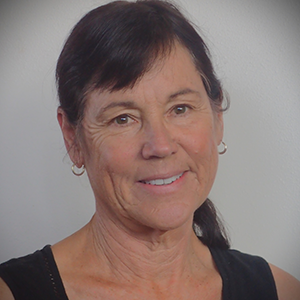Putting Carbon Where It Belongs
Session Description
For several decades wildfires in the western U.S. have been growing in size, intensity, and destructiveness and have become a significant source of greenhouse gas emissions. Climate change and fire suppression leading to unnaturally high fuel loads in dry forests are primary causes. The cost of disposing of excess fuels lacking in commercial value has long been a factor limiting the fuels reduction treatments needed to restore fire resilience to dry forests. These areas are located in landscapes remote from existing facilities that utilize such materials for paper pulp or electrical generation; the cost of transporting the materials exceed the value yielded. In such landscapes, unmerchantable fuels are currently cut, piled, and burned – an expensive and polluting practice that is generally paid for by revenues from commercial logging. This linkage between restoration of fire resilience and commercial logging can potentially compromise ecosystem values, and is also limiting the pace and scale of fuels reduction treatments.
Beginning in 2019, the presenter undertook a search for an economically viable way to utilize the materials that currently pose an expensive waste disposal problem, beginning with the premise that medium-scale, distributed facilities are needed, to limit transportation costs. This search led to understanding the fundamental problem as one of carbon distribution.
Human activities have altered the distribution of carbon amongst atmospheric and terrrestrial pools, with outcomes that go beyond climate change. Rebalancing carbon distribution is key to stabilizing the climate and protecting the health of some ecosystems that help maintain the habitability of the planet.
Biochar production has the potential to address the economic problem of restoring fire resilience to dry forests and also to be a major tool in redistributing carbon. Leading experts estimate that one-third of the carbon that needs to be withdrawn from the atmosphere to stabilize the climate in the next 100 years could be stored in sustainably produced biochar.
The economics of paying the costs of removing excess forest fuels by producing biochar at the community scale are currently marginally profitable, but such analyses do not account for the many values that accrue from doing so: reduced risks to threatened forests and communities, reduced emissions and smoke from slash pile burning and wildfires, reduced costs of fire fighting and property damage, and others.
A new paradigm is proposed: There is no waste biomass. It is all a valuable, carbon-rich resource that we can put to beneficial use. This approach aligns with natural processes, ecosystem protection, a modern, sustainable economy, and a stable climate.
About Your Speaker
Gina was born in California but spent her childhood in New Zealand, where she was outside more than she was inside. As a teenager she returned (unwillingly) to California, where she attended high school and college, eventually graduating from U.C. Davis with bachelor’s degrees in civil and agricultural engineering. She quickly discovered that engineering was not her calling.
Moving to the Pacific Northwest, she became an environmentalist, treeplanter and organic farmer. After becoming a mother, she decided that she had better find a real job, so she attended graduate school at Oregon State University, studying watershed hydrology, landscape ecology, stream processes and geomorphology, with the goal of understanding the interactions between the biotic and abiotic ecosystem components that drive watershed functioning.
After graduating, she worked for seven years as a hydrologist for the Yakama Nation, co-founding and co-leading, with her husband, watershed analysis and restoration projects spanning over ½ million acres. Subsequently, she worked for thirteen year for the Washington Department of Fish and Wildlife as an environmental engineer specializing in stream processes.
While there, she co-authored WDFW’s Stream Habitat Restoration Guidelines and Fish Protection Screen Guidelines. In 2020, she co-founded (again, with her husband) C6 Forest to Farm, a nonprofit dedicated to increasing the pace and scale of the forest health restoration.
She has lived in the Methow Valley for fifteen years, and when not working to save our forests, she likes to fool around with horses and dogs, keep an ambitious garden, ski, hike, and read great literature.

